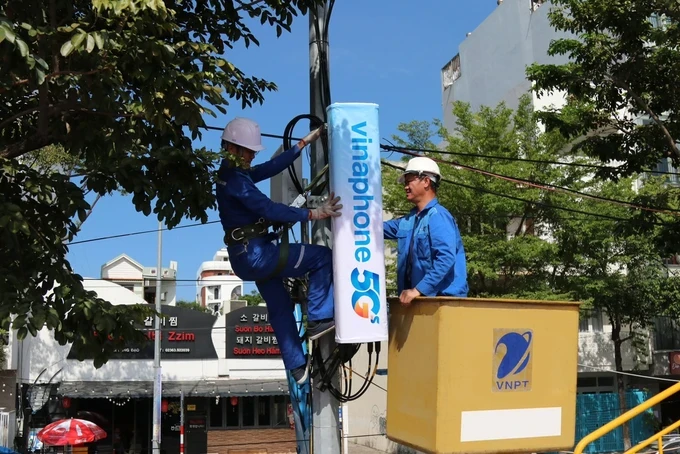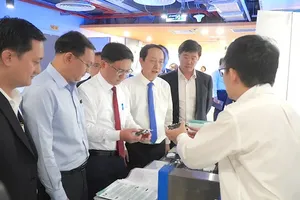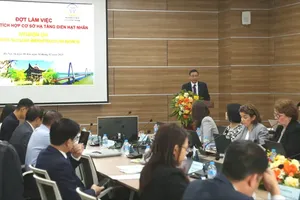
According to General Secretary Doan Quang Hoan of the Vietnam Radio and Electronics Association, it is inevitable to commercialize the 5G technology and offer related services in Vietnam, and the selection of 2024 as the starting point by the Government is not at all too early or too late.
Vu Thu Hien – Head of the Frequency Policy and Planning Division (under the Authority of Radio Frequency Management – Ministry of Information and Communications) – shared that there are sufficient legal regulations to conduct auctions for 5G frequency bands. The first to be offered is the mid-band 5G, which is the extremely important one to help reduce congestion for the 4G technology, requiring a lot of mobile bandwidth.
The negative news is that despite the availability status of most major network carriers, the number of devices compatible with this 5G technology in the network is rather low.
In particular, at present, only 18 percent of devices of VNPT’s subscribers can use 5G services. The figure for MobiFone is lower, at 16-17 percent, while the one for Viettel is just a bit higher, at 17-20 percent. Therefore, these service providers have decided to prioritize the commercialization of this 5G technology in highly demanding areas that possess a large quantity of 5G-support devices.
Dr. Mai Liem Truc (former Deputy Standing Minister of Information and Communications) stated that the implementation of 5G in Vietnam does not merely rely on infrastructure and technology but also depends on the effective system administration and business strategy development. Possible challenges do lie in uncertain results that telecoms companies might achieve, not in technical, mechanism, or economic matters.
Firstly, it is complex to hold auctions for 5G bands in current conditions. Secondly, network carriers are rather hesitant since 5G technology requires a huge investment amount, yet the responses of the market cannot be precisely estimated.
In addition, the prices of traditional telecoms services are witnessing a drop. It is challenging and time-consuming to pour a large sum of money into a new system as obtaining this amount depends on resource seeking, investment mechanisms, and business operation model.
A profit loss in the first 2-3 years after investment is quite normal among private companies, before they can experience a balanced time and then enjoy profitable periods. State enterprises, however, dare not follow that route, which creates yet another obstacles to the commercialization of the 5G technology.
























